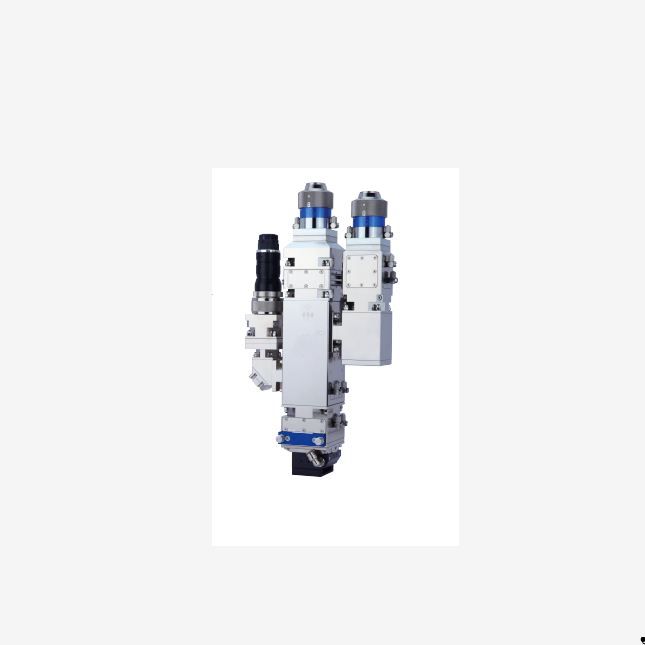Laser cutting is a precise method for cutting or engraving materials, but it can sometimes lead to common edge problems. Here are some strategies to avoid these problems, including using a tilted head:
Common Edge Problems and Solutions
Burned Edges:
Solution: Reduce laser power or increase cutting speed. Use an appropriate assist gas, such as nitrogen, to prevent oxidation.
Melted Edges:
Solution: Adjust the focus of the laser to slightly above the surface of the material. This can help reduce the effects of heat on the edge.
Rough Edges:
Solution: Make sure the laser beam is properly focused. Check the lenses and mirrors for any contamination or misalignment.
Burr Formation:
Solution: Use a higher pressure assist gas, such as oxygen or nitrogen, to blow away the molten material. Adjust the cutting speed and power settings to optimize the cut.
Using a Tilt Head
A tilt head can help alleviate these problems by changing the angle of the laser beam relative to the material. This is particularly useful for reducing scrap (residual material) and improving edge quality.
Setting Up a Tilt Head:
Mounting: Make sure the tilt head is properly mounted and calibrated. Follow the manufacturer’s guidelines for mounting.
Adjusting: Adjust the angle of the tilt head based on the material and thickness. A common starting point is to tilt the head 5-10 degrees.
Benefits:
Reduce reflections: Tilting the head reduces reflections of the laser beam back into the material, minimizing defects.
Improve gas flow: Improve assist gas flow, which helps to more effectively remove molten material.
Improve precision: Tilting can improve the accuracy of cuts, especially in thicker materials, by guiding the beam through the cutting path more efficiently.
Testing and corrections:
Experimentation: Perform test cuts on scrap material to fine-tune the tilt angle and laser settings.
Consistency: Once you find the best settings, write them down so that you can maintain consistency on future cuts.
Additional Tips
Material preparation: Make sure the material is clean and free of contaminants that could affect the cutting process.
Maintenance: Regularly clean and maintain your laser cutter, including lenses, mirrors, and nozzles.
Software setup: Use advanced software features to optimize cutting paths and dynamically adjust laser parameters.
By carefully adjusting laser settings, using a tilted head, and maintaining your equipment, you can significantly improve edge quality and reduce common problems with laser cutting.

